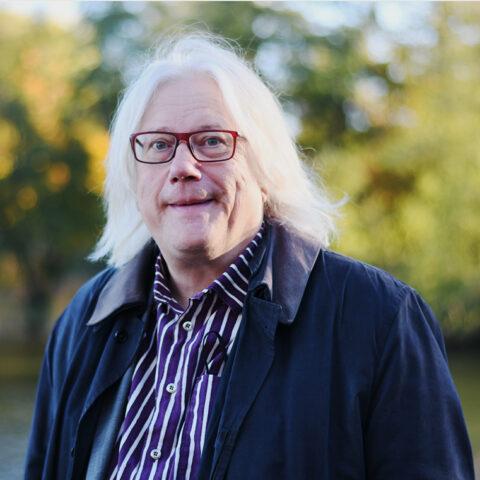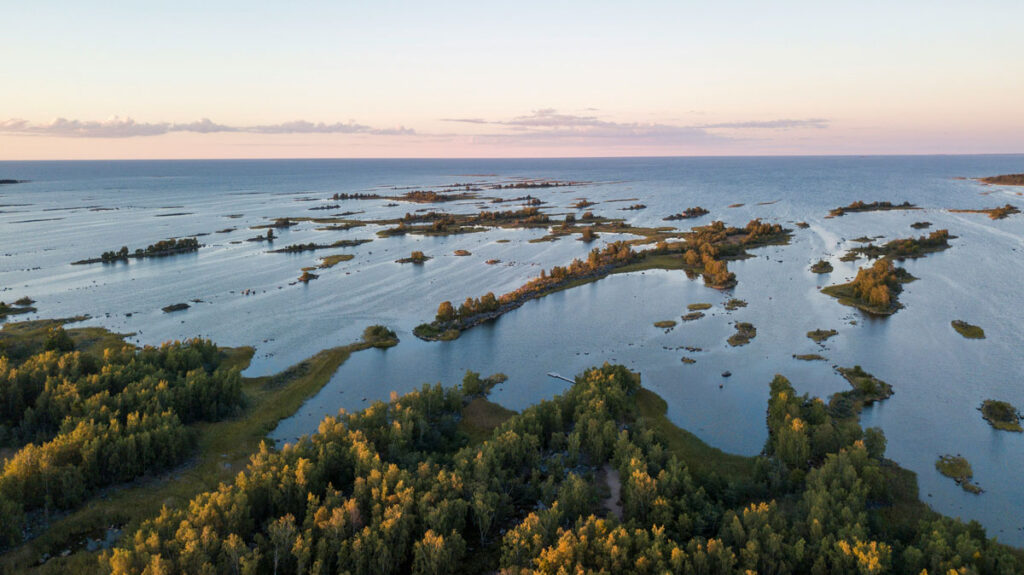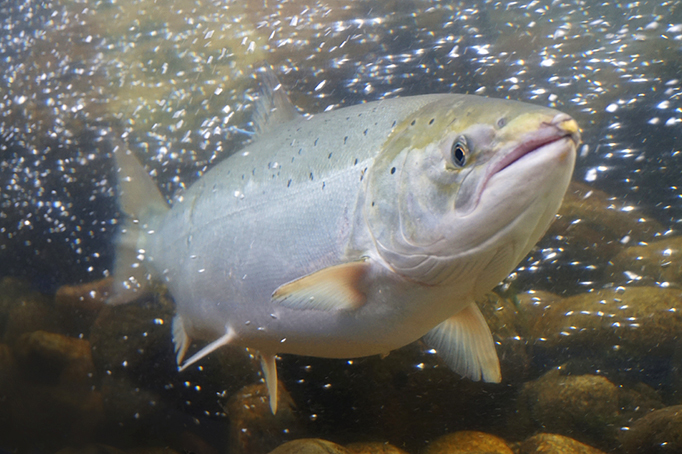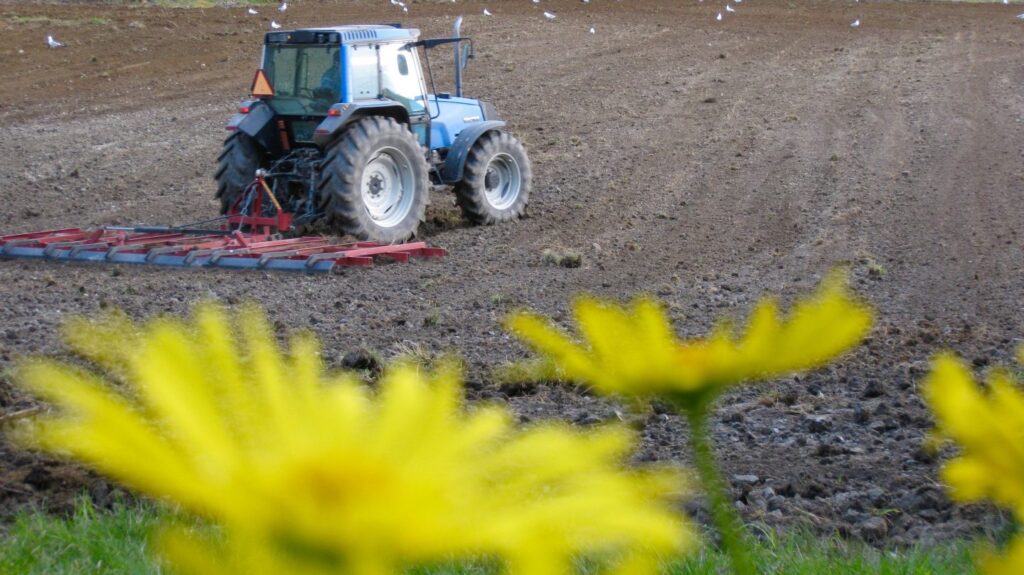EU:n kalanviljelylaitokset (vesiviljely) – päivitetyt suuntaviivat
–
EU aikoo uusia kestävän vesiviljelyn suuntaviivoja. Ne ovatkin tarpeen alan ympäristöasioiden parantamiseksi. Kannatimme prosessin etenemistä komission kyselyssä ja annoimme vinkkejä aiheiksi.
Erityisasiantuntija Tapani Veistola täytti komission etenemissuunnitelman kyselylomakkeen.
Suomen luonnonsuojeluliitto (The Finnish Association for Nature Conservation) is the oldest and biggest environmental NGO in Finland. We welcome new EU strategic guidelines for the sustainable aquaculture.
However, the focus should this time be in environment. Earlier much time has been spent in thinking how aquaculture could get licences or new sites easier and quicker. Now we have learnt that aquaculture has just the same legislation, national environmental permitting and regional or local spatial planning procedures as all other industrial activities in water areas. On the contrary, Good Ecological Status of European waters is still far away, so the importance of MSFD and WFD plans has grown (e.g. ECJ Weser case C-461/13). On the other side, ongoing Maritime Spatial Planning is showing the best sites for aquaculture. That is why we should use this time more time for environment than administration.
Now it is essential to improve the environmental performance of aquaculture. New guidelines should contribute to the European Green Deal, climate and biodiversity targets.
In new guidelines we need BAT and BEP thinking from the Industrial Emissions Directive (e.g. open cages vs. closed systems), reduction of nutrients and pharmaneutics etc. Origin of fish food is becoming more important, like animal welfare issues.
One new item is Invasive Alien Species in aquaculture. For example, Rainbow Trout is one of the most harmful IAS in the World. There are lots of Rainbow Trouts in aquaculture, and escaped individuals can survive better than before even in Nordic waters. There is urgent need to rethink which species can be used in aquaculture and which not.
Lisätietoja

Toiminnanjohtaja Tapani Veistola
- +358 400 615 530
- tapani.veistola(a)sll.fi


